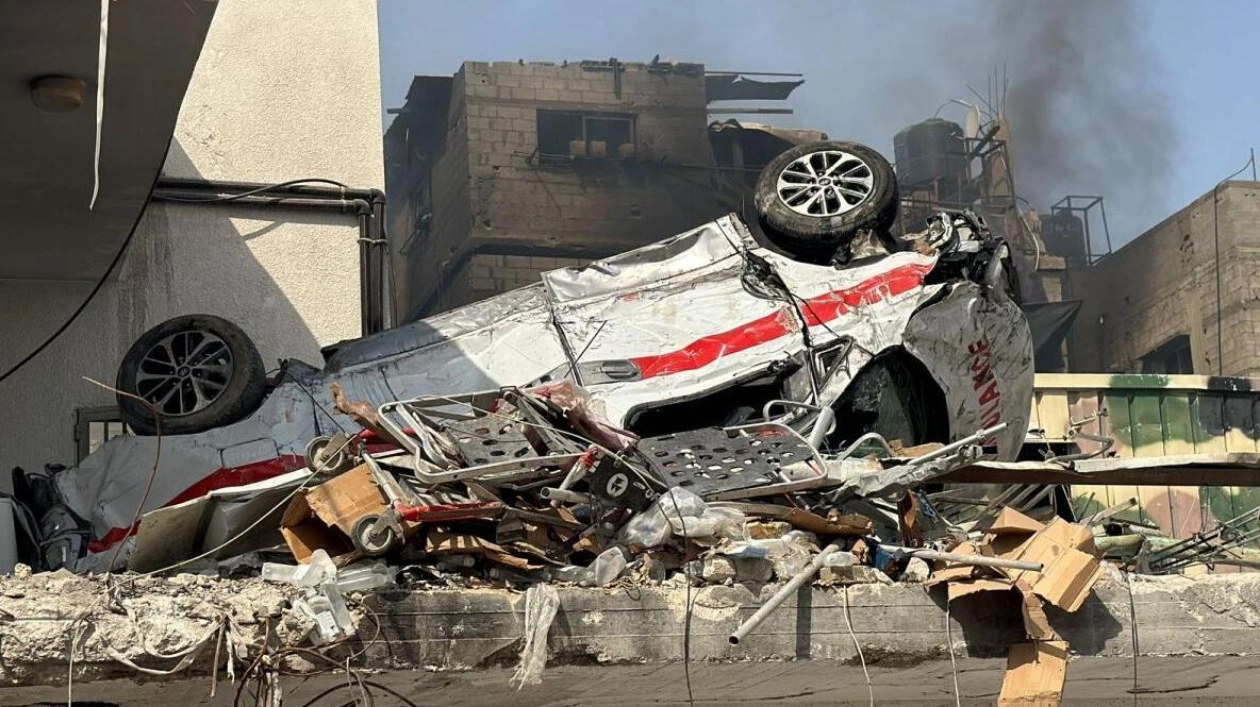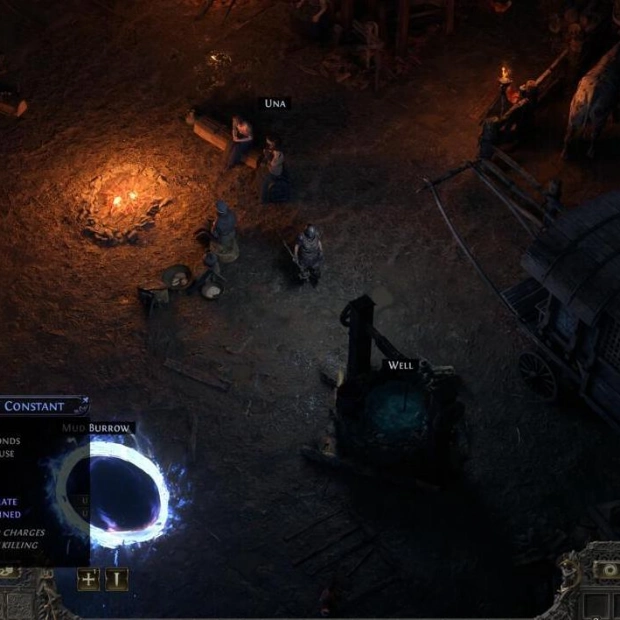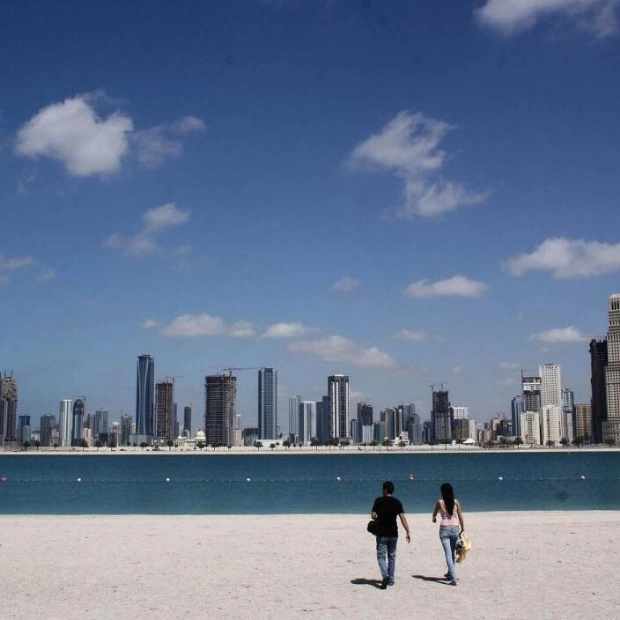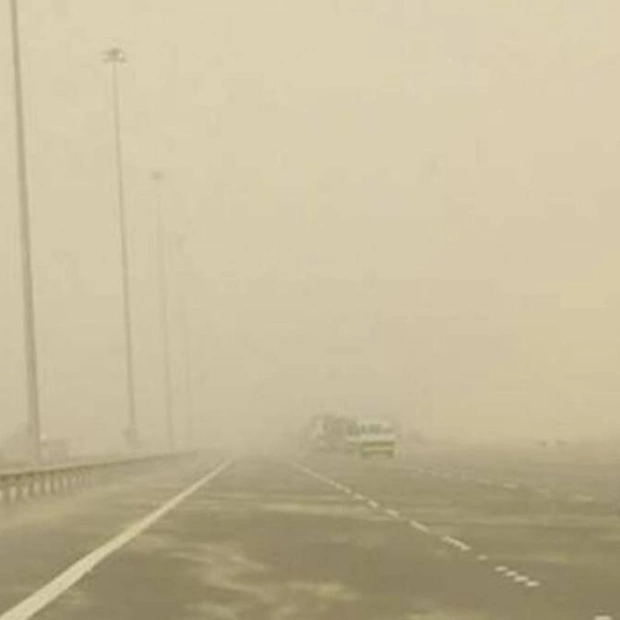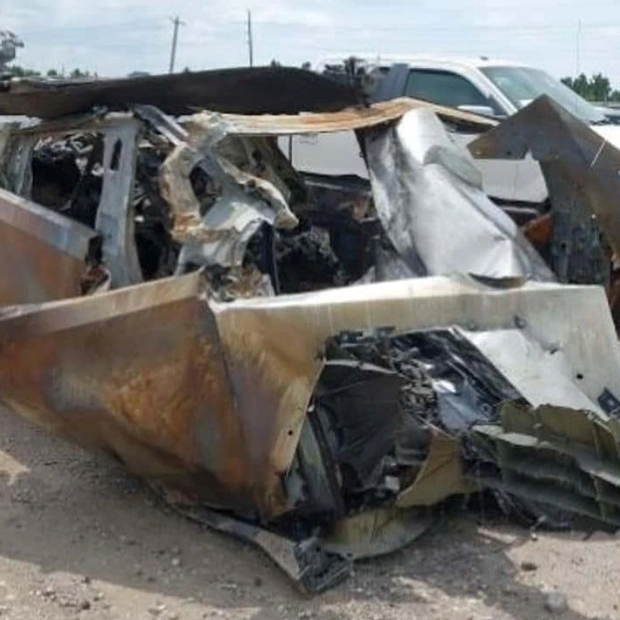A photograph captures the extensive damage to an ambulance at Kamal Adwan Hospital in Beit Lahia, located in the northern Gaza Strip, on October 26, 2024. The image was provided by AFP.
On Monday, Israeli tanks advanced further into two northern Gaza towns and a historic refugee camp, resulting in approximately 100,000 civilians being trapped, according to the Palestinian emergency service. The Israeli military claimed these operations were aimed at eliminating Hamas militants who were regrouping. Soldiers reportedly captured around 100 suspected Hamas militants during a raid on Kamal Adwan Hospital in the Jabalia camp. Both Hamas and medical personnel have refuted any presence of militants at the hospital.
The Gaza Strip's health ministry reported that at least 19 individuals were killed by Israeli airstrikes and bombardments on Monday, with 13 of those fatalities occurring in the northern part of the devastated coastal territory. The Palestinian Civil Emergency Service stated that around 100,000 people were stranded in Jabalia, Beit Lahiya, and Beit Hanoun without access to medical or food supplies. Reuters was unable to independently verify this figure.
The emergency service also noted that their operations had ceased due to the three-week Israeli assault in the north, an area where the military had previously claimed to have eliminated Hamas combat forces during the ongoing year-long war. Negotiations led by the U.S., Egypt, and Qatar to broker a ceasefire resumed on Sunday after several failed attempts. Egypt's president proposed an initial two-day truce to exchange four Israeli hostages held by Hamas for some Palestinian prisoners, followed by further talks within 10 days to establish a permanent ceasefire. Neither Israel nor Hamas has publicly commented on these proposals, as both sides maintain irreconcilable conditions for ending the war.
The conflict in Gaza has escalated tensions across the Middle East, raising concerns about global oil supplies. Israel has conducted bombings across Lebanon and sent forces into the south in an offensive aimed at disabling Iran-backed Hezbollah, an ally of Hamas. This has also led to rare direct clashes between Israel and Iran. Over the weekend, Israeli warplanes targeted missile production sites in Iran in retaliation for an October 1 missile attack on Israel. Iran's Foreign Ministry stated on Monday that Tehran would "use all available tools" to respond to Israel's weekend attack.
Israel continued its assault on Lebanon on Monday, including an early-morning airstrike on a district in the southern port of Tyre that resulted in seven deaths, according to the Lebanese health ministry. The Israeli military later issued an evacuation order for large areas of Tyre, including neighborhoods near a seaside hotel where journalists are typically based. In an update, the Israeli military confirmed that it had bombed Hezbollah anti-tank missile depots and other arms assets in Tyre for the second time in several days. Footage circulated online showed civil defense workers urging people to evacuate for their safety.
Israel's expanding evacuation warnings have rendered much of southern Lebanon, including Tyre, into ghost towns, with many towns along the border left in ruins. Hezbollah carried out a series of attacks on Israeli troops within Lebanese territory and on military targets within Israel. The group claimed to have struck a military equipment factory southeast of Acre, though there were no reports of damage or casualties.
In northern Gaza, three hospitals, which officials refused to evacuate as ordered by Israel, reported minimal operations. At least two hospitals had been damaged by Israeli fire during the assault and were running out of medical, food, and fuel supplies. At least one doctor, a nurse, and two child patients died in these hospitals over the past week due to lack of treatment. On Monday, the Gaza health ministry stated that only one of roughly 70 medical staff, a pediatrician, remained at Kamal Adwan Hospital after Israel "detained and expelled" the others.
North Gaza residents reported that Israeli forces were besieging schools and other shelters housing displaced families, ordering them to leave before rounding up men and forcing women and children to relocate to Gaza City or points in the south. Only a few families headed to southern Gaza, as the majority preferred to temporarily relocate to Gaza City, fearing they might never regain access to their homes. Some residents wrote their death notices in case they died from the constant bombardment, expressing a preference for death over displacement.
A resident of Jabalia told Reuters via a chat app, "While the world is busy with Lebanon and new nonsense talk about a few days of ceasefire (in Gaza), the Israeli occupation is wiping out north Gaza and displacing its people." The Israeli military asserts that its forces operate in accordance with international law and accuses militants of hiding fighters and weaponry in civilian areas, including hospitals and schools, a claim Hamas denies.
With a cold, wet winter approaching, displaced Palestinians living in tents and makeshift shelters by the sea are sewing clothes from blankets in a desperate effort to stay warm. North Gaza was the first part of the enclave to be targeted by Israel's ground offensive following Hamas' cross-border attack on October 7, 2023, with intensive bombing largely flattening towns. Despite this, Hamas-led militants continue to attack Israeli forces in hit-and-run operations.
Hamas's 2023 attack resulted in the deaths of 1,200 people and the capture of more than 250 hostages, according to Israeli tallies. The death toll from Israel's retaliatory air and ground onslaught in Gaza has reached 43,020, the Gaza health ministry reported on Monday.
Source link: https://www.khaleejtimes.com
